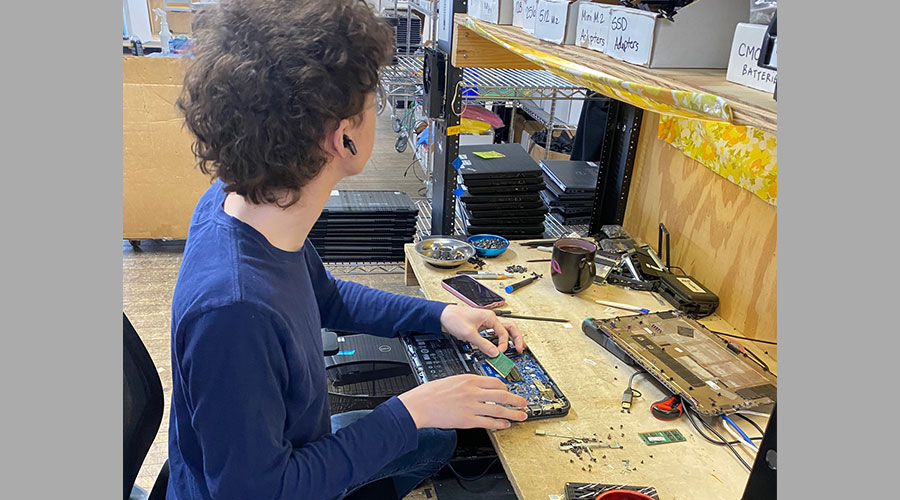USGBC: Credit for Avoiding PVC Requires More Study
The scientific basis for a PVC-related LEED credit depends on how human-health and environmental risks are balanced, according to a report from the U.S. Green Building Council’s (USGBC) Technical and Scientific Advisory Committee’s (TSAC).
The scientific basis for a PVC-related LEED credit depends on how human-health and environmental risks are balanced, according to a report from the U.S. Green Building Council’s (USGBC) Technical and Scientific Advisory Committee’s (TSAC).
The committee’s original goal was to review the evidence offered by stakeholders and independent sources, and advise the LEED Steering Committee on the availability and quality of evidence as a basis for a reasoned decision about including a PVC-related credit in LEED. The investigation considered products such as siding, drain/waste/vent pipes, resilient flooring and window frames.
The PVC issue was referred to TSAC in 2002 in response to a proposal to add a LEED credit for avoiding the use of PVC which was being discussed by USGBC members serving on the LEED for Commercial Interiors development committee.
TSAC analyzed life cycle assessment, occupational exposure, end-of-life toxicity, risk assessment and combined life-cycle assessment and risk assessment. As a part of this process, TSAC reviewed more than 2,000 documents, all of which are now posted on a database on USGBC’s website. Public comments and a peer review were also incorporated into the report.
“We investigated the question of whether, for the applications studied, the available evidence indicates that PVC-based materials are consistently among the worst of the alternative materials studied in terms of environmental and health impacts,” says Malcom Lewis, chairman of TSAC. “Through the course of our intense research and study, however, we concluded that a simple yes or no answer to this question was not adequate, and a more nuanced answer which points the way to dealing with some larger issues was essential.”
In order to apply TSAC’s findings to a decision about credits within LEED, the report points to a series of policy issues raised through TSAC’s research. These issues include:
- How should risks to human health and risks to the natural environment be reconciled?
- Should LEED offer credits for avoiding less desirable materials, or create credit incentives for the use of preferable, often innovative alternative materials or processes?
- Should LEED address individual materials through its credits, or should it focus on areas of impact?
“Clearly, a commitment to research must be a component of USGBC’s leadership agenda, and a priority for the whole of the building industry” says S. Richard Fedrizzi, president, USGBC.
“With the report in hand, the LEED Steering Committee will begin review of the report and its recommendations, determine which policy issues to address first, and engage USGBC’s Board of Directors in that process,” says Scot Horst, chairman of the LEED Steering Committee.
Related Topics:











